Zaborin Ryokan, Relax in Paradise in Hokkaido
A stay in this bucolic cocoon, surrounded by meadows and forests at the edge of the island's most beautiful ski slopes, rejuvenates visitors.
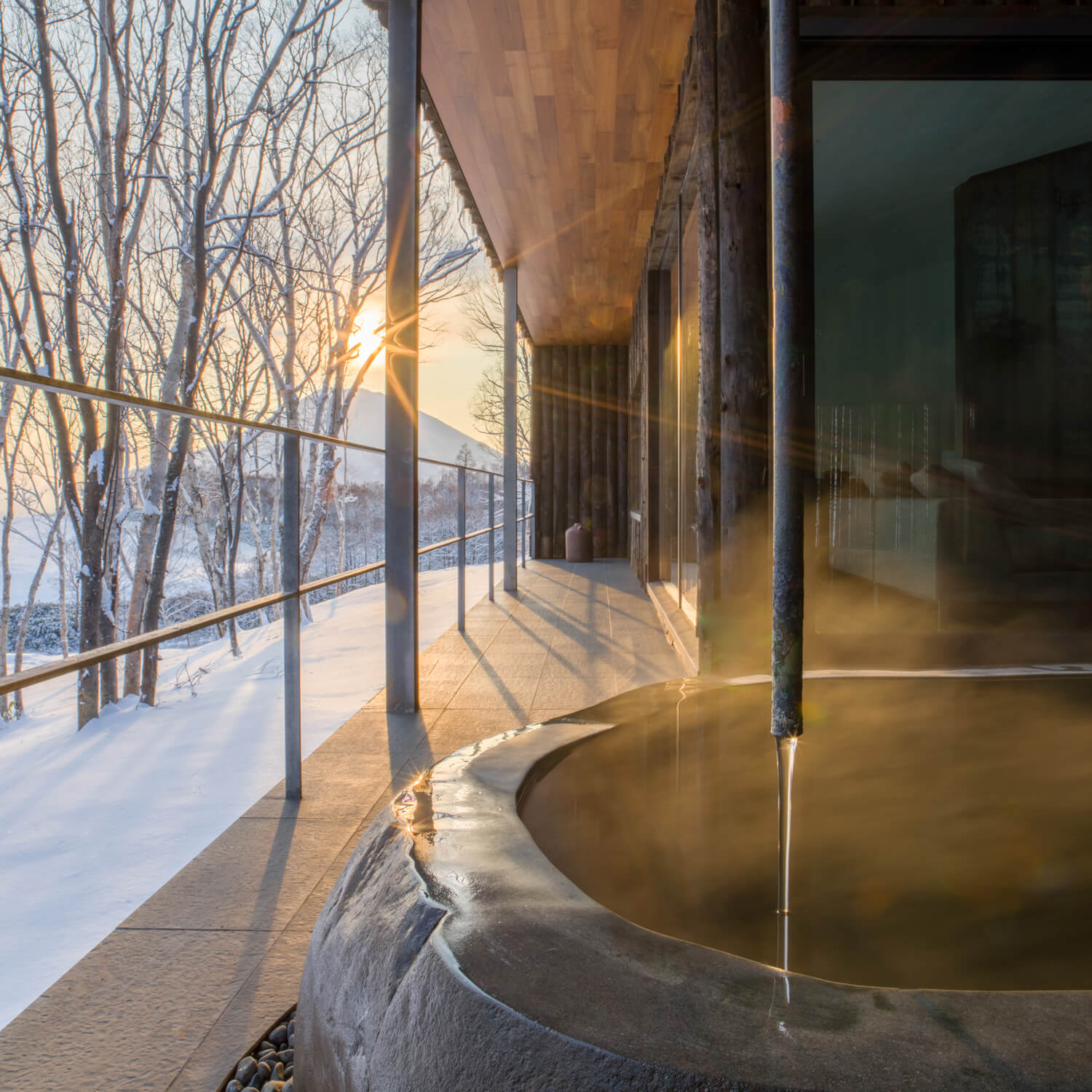
© Shouya Grigg
Located in Hokkaido, the northernmost of the Japanese islands, Zaborin Ryokan is nestled in a haven of nature where it welcomes visitors.
Much more than just a hotel, its quiet, idyllic surroundings and luxurious rooms guarantee a paradisiacal stay for all its guests.
‘Escape in the woods through thought’
Without departing from the classic touch and irreproachably warm welcome of ryokan (traditional Japanese inns), the establishment has a more modern exterior due to its architecture, designed by Makoto Nakayama, which blends into the landscape. This desire for cohesion between the interior and exterior is also reflected in the name of the hotel, Zaborin, which is Japanese for ‘to sit and escape in the woods through thought’.
Serenity reigns within the establishment. Visitors experience it when enjoying a traditional meal made by a Japanese chef using ingredients from the forest and lake adjacent to the site, or simply when wandering around one of the hotel’s fifteen private villas. Each has an indoor and outdoor onsen with panoramic views of the surrounding nature.
More information about Zaborin Ryokan can be found on the establishment’s website.
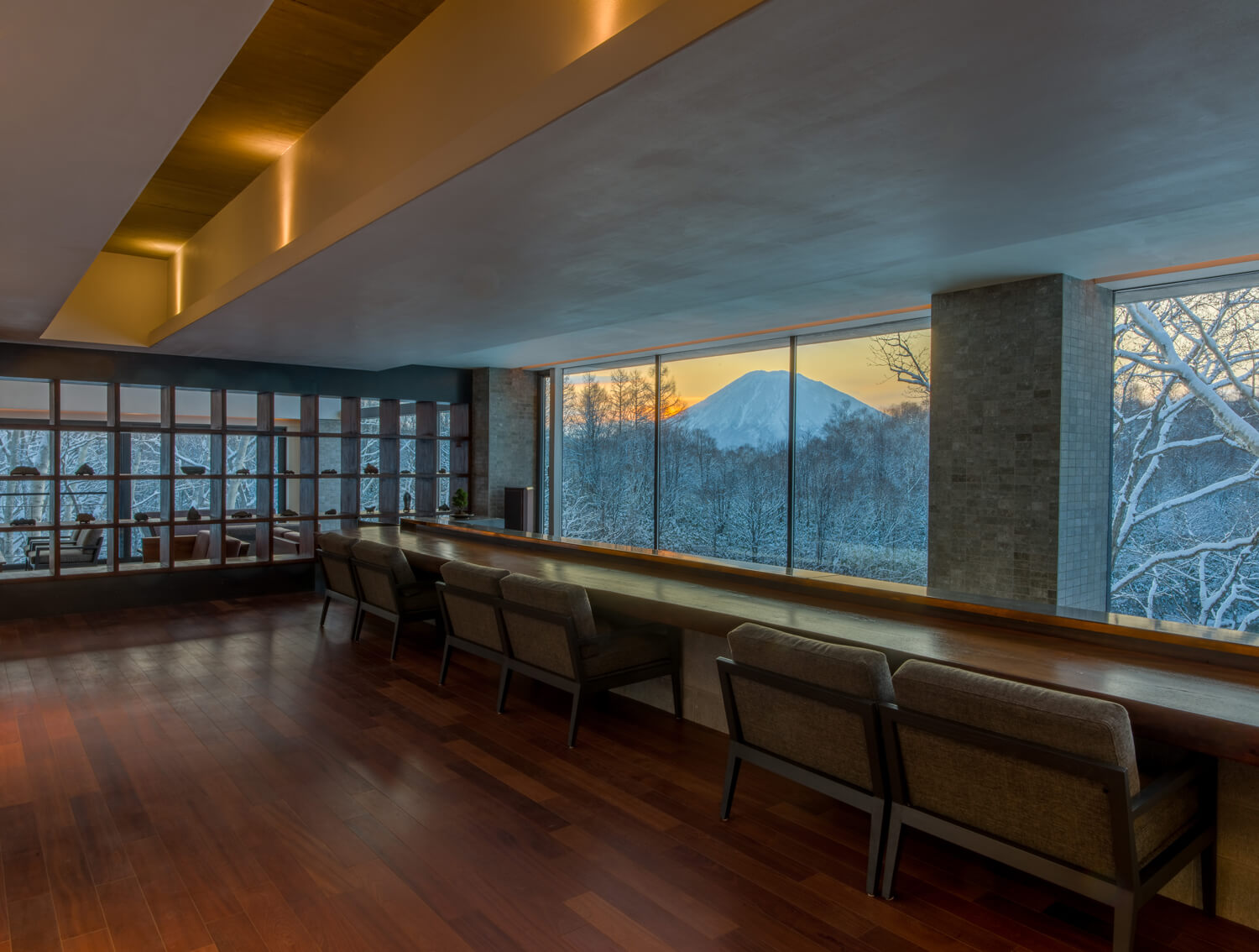
© Shouya Grigg
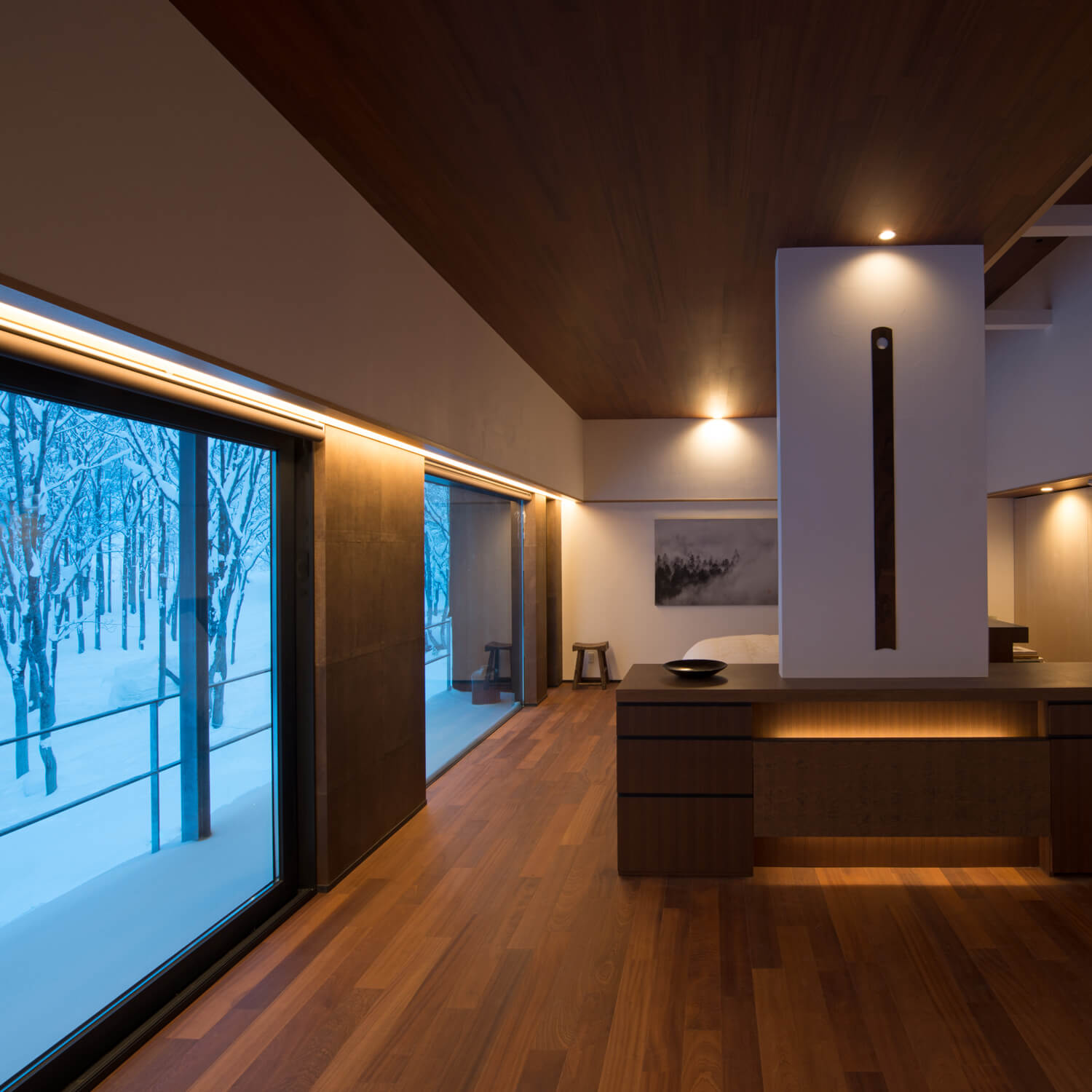
© Shouya Grigg
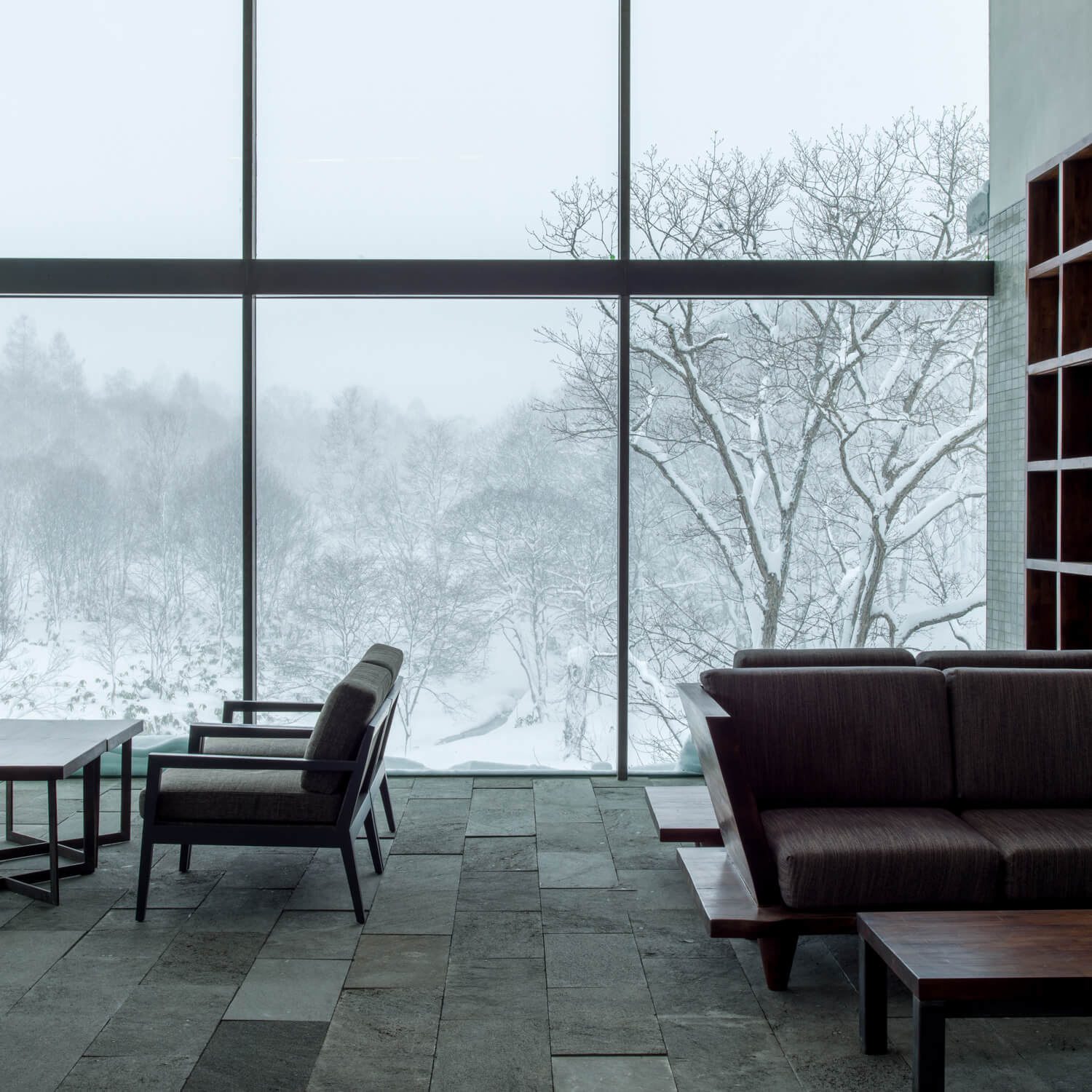
© Shouya Grigg
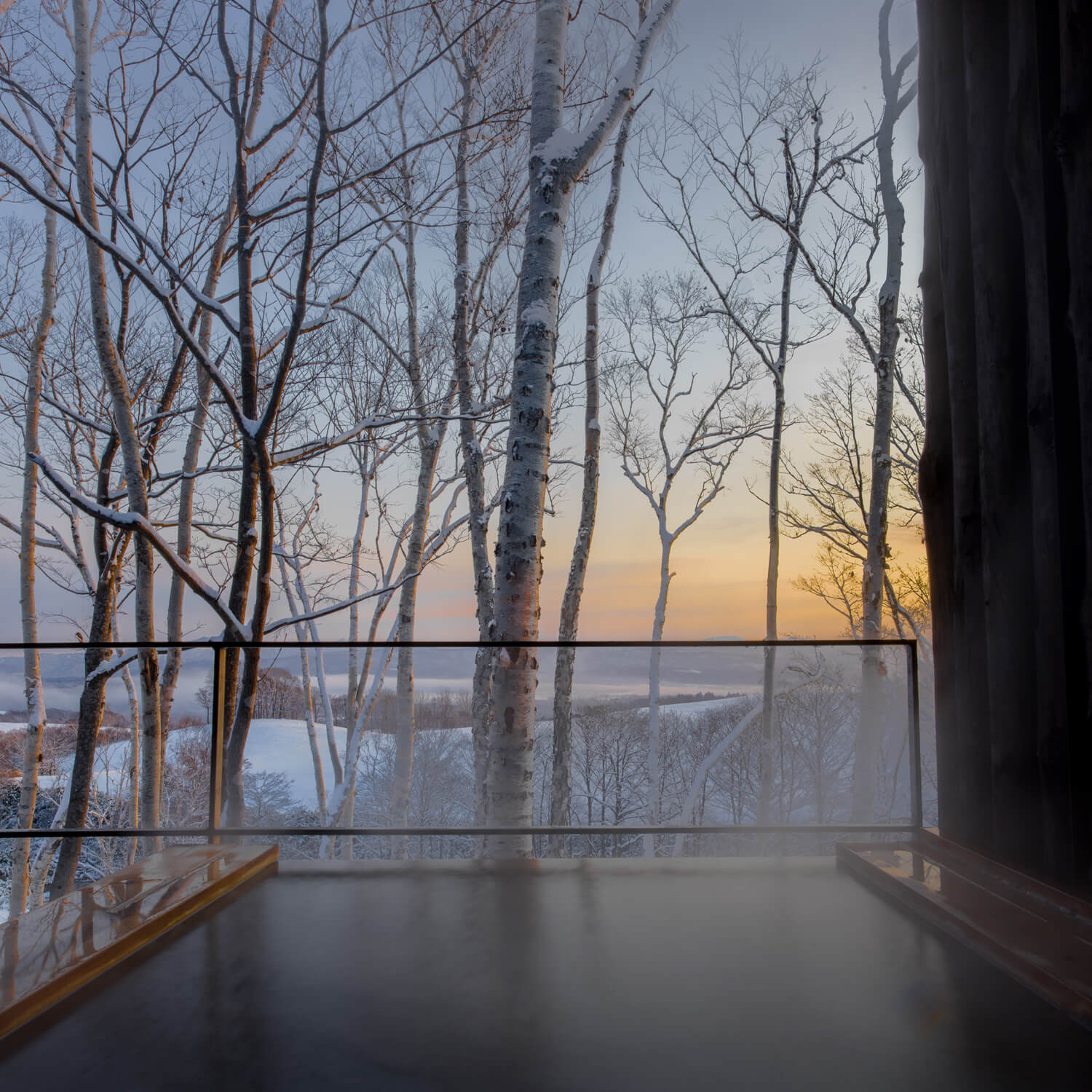
© Shouya Grigg
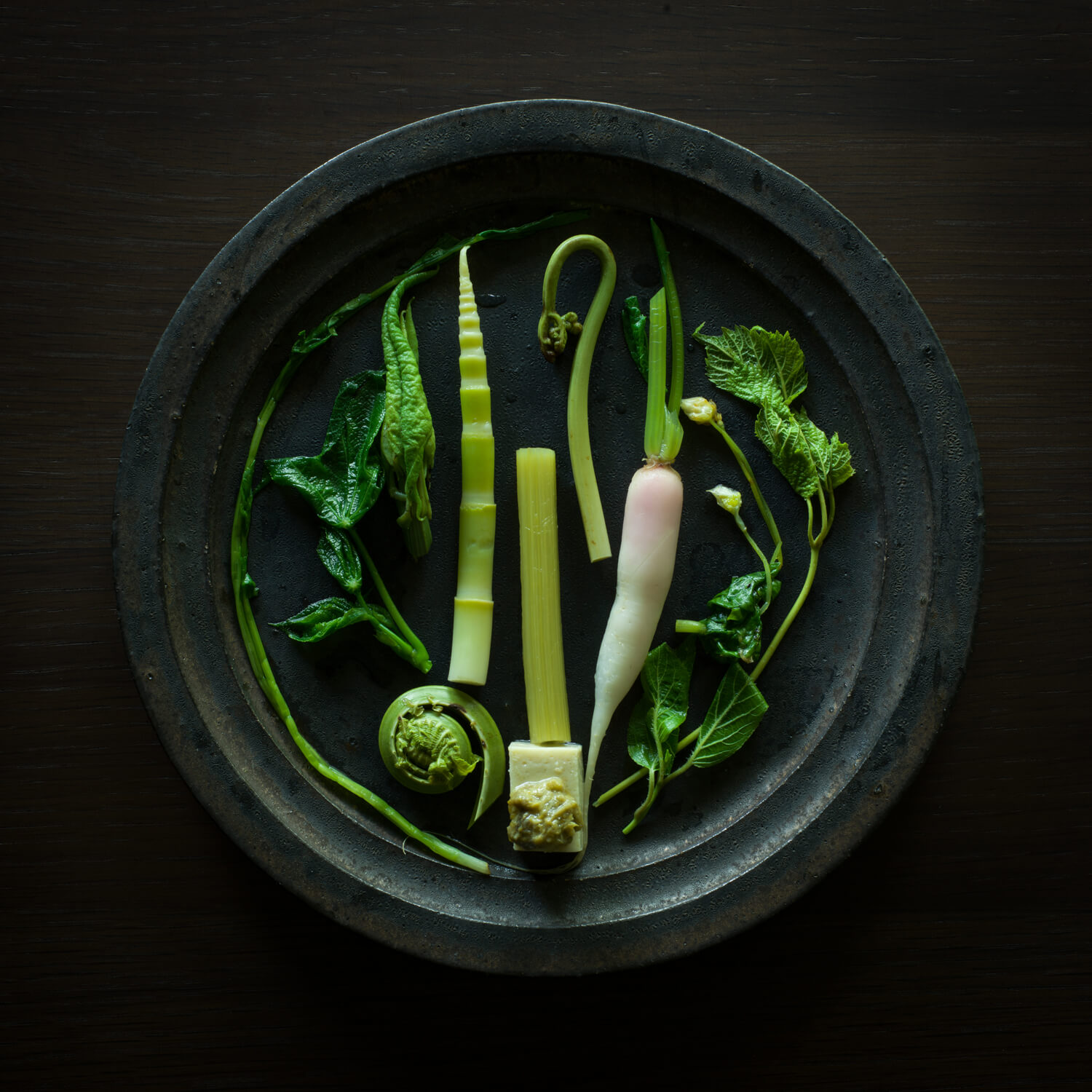
© Shouya Grigg
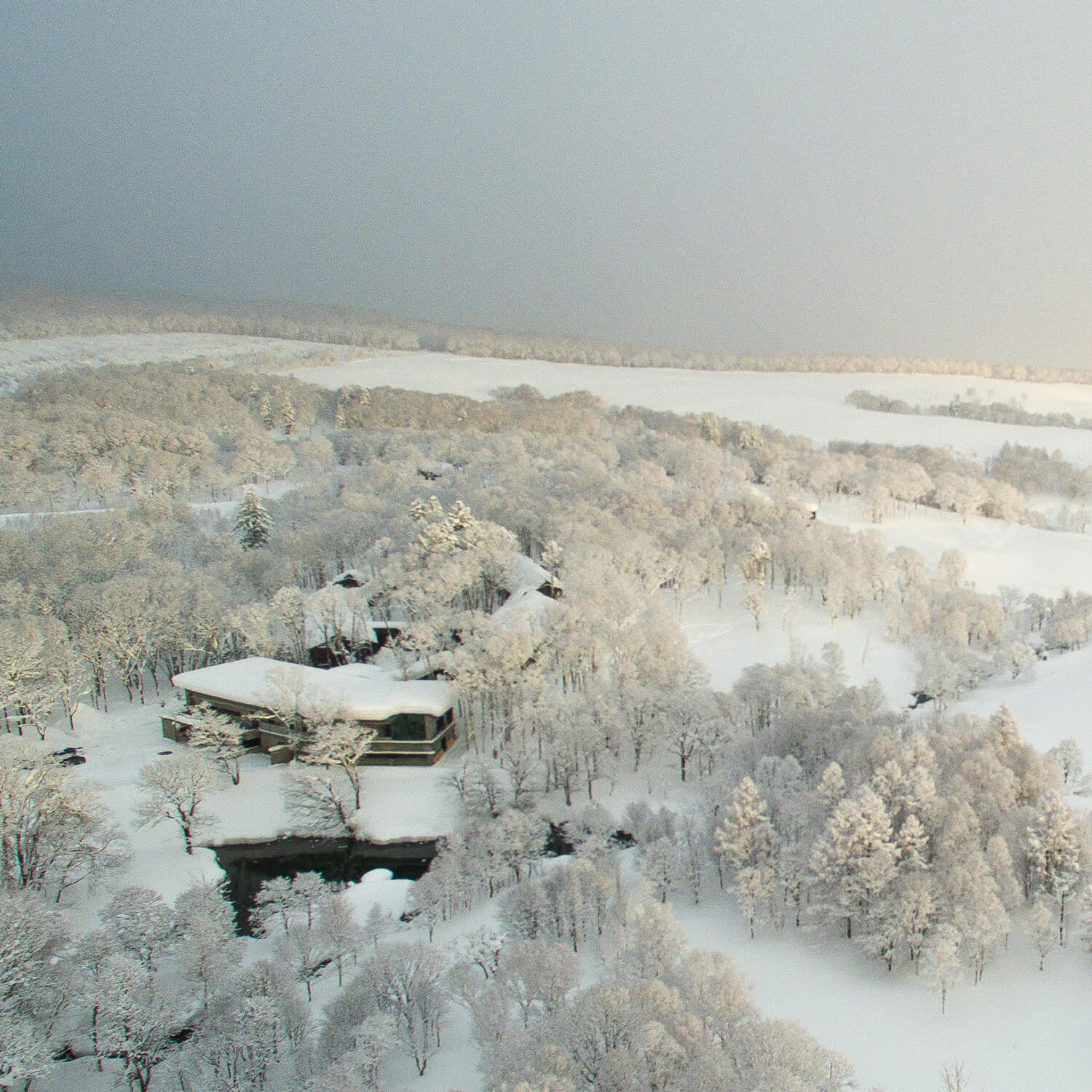
© Shouya Grigg
TRENDING
-
The Tattoos that Marked the Criminals of the Edo Period
Traditional tattoos were strong signifiers; murderers had head tattoos, while theft might result in an arm tattoo.

-
Paris, Tokyo: Robert Compagnon
With his co-chef and talented wife, Jessica Yang, Robert Compagnon opened one of the top new restaurants in Paris: Le Rigmarole.
 3:31
3:31 -
Chiharu Shiota, Red Threads of the Soul
Last year, more than 660,000 people visited the retrospective 'Chiharu Shiota: The Soul Trembles' exhibit at the Mori Art Museum.

-
‘Before Doubting Others, Doubt Yourself. Who Can Truly Say a Dish Isn’t What It Used to Be?’
In ‘A Non-Conformist’s Guide to Surviving Society’, author Satoshi Ogawa shares his strategies for navigating everyday life.

-
The Story of Sada Yacco, the Geisha who Bewitched Europe
Described by Dazed magazine as the first beauty influencer, she has been restored to her former glory since 2019.





